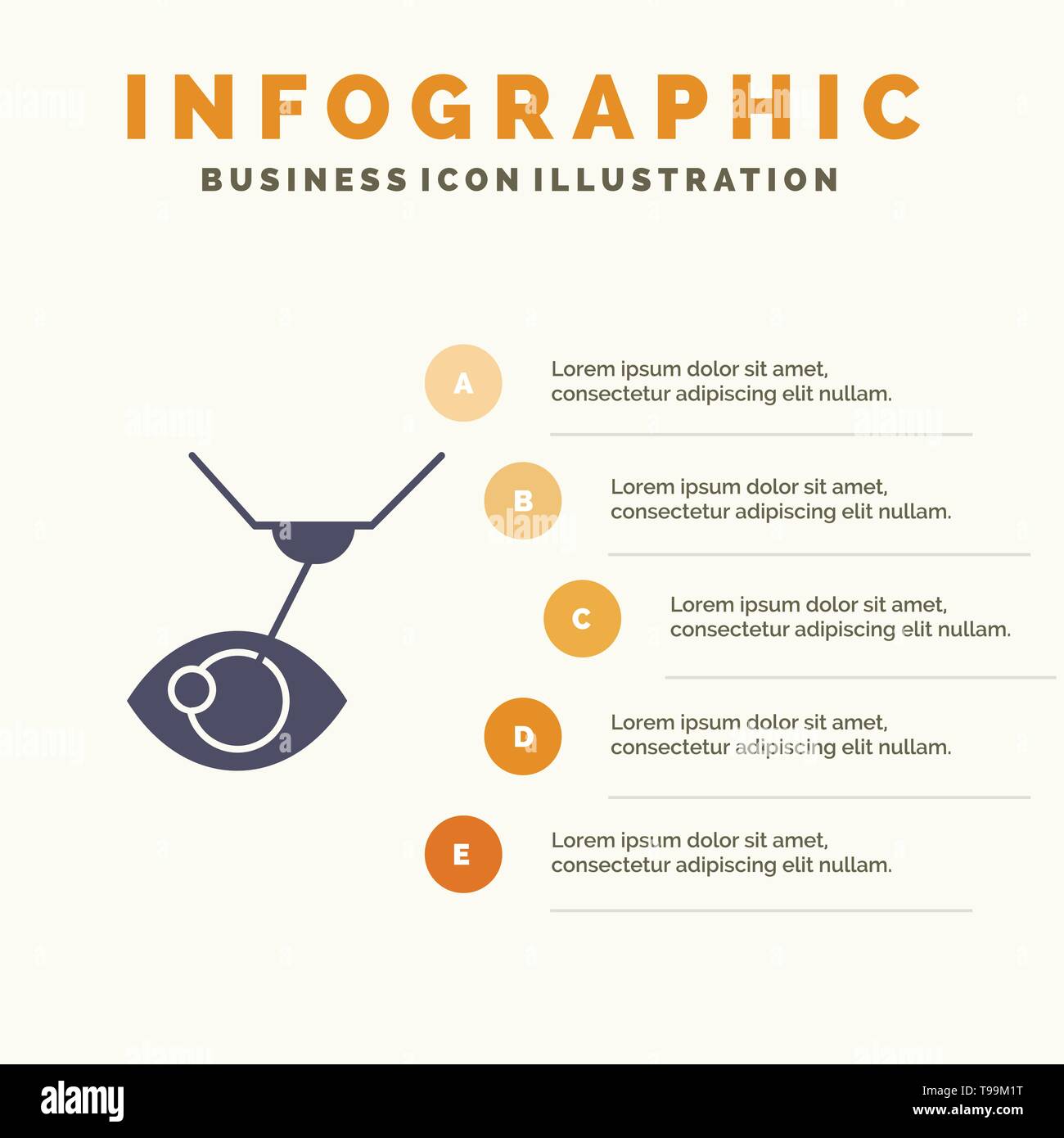Produced By-Bruce Michaelsen
If you're considering vision correction options, PRK surgical procedure may be worth discovering. Unlike LASIK, PRK improves the cornea without producing a flap, which can minimize specific threats. This method is especially useful for those with thinner corneas or greater prescriptions. You could be interested about exactly how this procedure works, its benefits, and whether you're an ideal prospect. Understanding these aspects can assist you make a more educated decision about your vision needs.
What Is PRK Surgical procedure and Just How Does It Function?
PRK surgical treatment, or photorefractive keratectomy, is a popular laser vision adjustment procedure created to enhance your eyesight.
Unlike LASIK, PRK improves the cornea by removing the external layer of cells. During the treatment, your eye specialist utilizes a cool beam of light of laser light to precisely form the corneal tissue below. This alteration allows light to concentrate correctly on the retina, boosting your vision. The outer layer then regenerates normally with time.
PRK's benefits consist of a lower danger of problems associated with corneal flaps, making it appropriate for individuals with thinner corneas. Recovery might take longer than LASIK, but many clients appreciate clear vision without glasses or contact lenses after the healing process is full.
Advantages of PRK Over LASIK
While both PRK and LASIK work laser vision correction choices, there are distinct benefits to choosing PRK for certain individuals.
One major benefit is that PRK does not involve creating a corneal flap, which reduces the risk of problems connected to flap concerns. This makes PRK a safer selection for those with thinner corneas or certain eye conditions.
In addition, given that PRK deals with the surface of the eye, it can be more efficient for people with greater prescriptions.
The healing process, although a little longer, usually causes secure, durable outcomes.
You'll also appreciate that PRK is much less likely to result in completely dry eyes contrasted to LASIK, allowing for a much more comfortable healing experience.
That Is a Suitable Candidate for PRK?
Are you questioning if PRK is the right selection for you? Perfect candidates commonly consist of individuals with mild to moderate nearsightedness, farsightedness, or astigmatism.
If you have thin corneas or other corneal irregularities, PRK can be a far better alternative since it does not include reducing a flap like LASIK. You need to also be at least 18 years of ages and have steady vision for at least a year.
If you've had previous eye surgical treatments, discuss your options with your eye doctor. In addition, those with certain medical conditions, like autoimmune diseases or uncontrolled diabetes, might not certify.
Eventually, a thorough eye test and assessment will certainly help figure out if PRK is the most effective service for your vision requires.
Conclusion
Finally, PRK surgical treatment provides a secure and reliable means to enhance your vision without the risks associated with LASIK. By reshaping SMILE vs LASIK candidates without producing a flap, it's suitable for those with thinner corneas or greater prescriptions. While recovery may take a bit much longer, several clients enjoy secure results and less pain, like fewer circumstances of completely dry eyes. If you're considering vision adjustment, PRK could be the best option for you.

